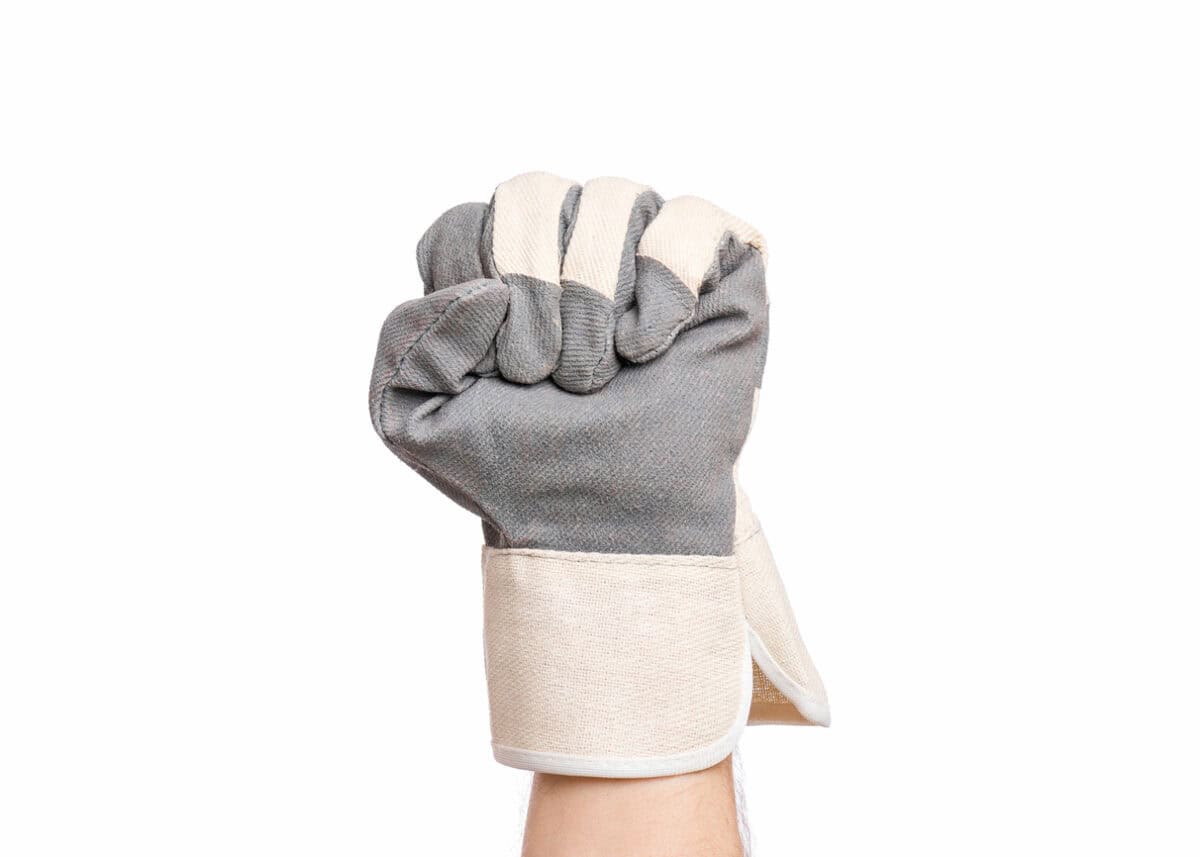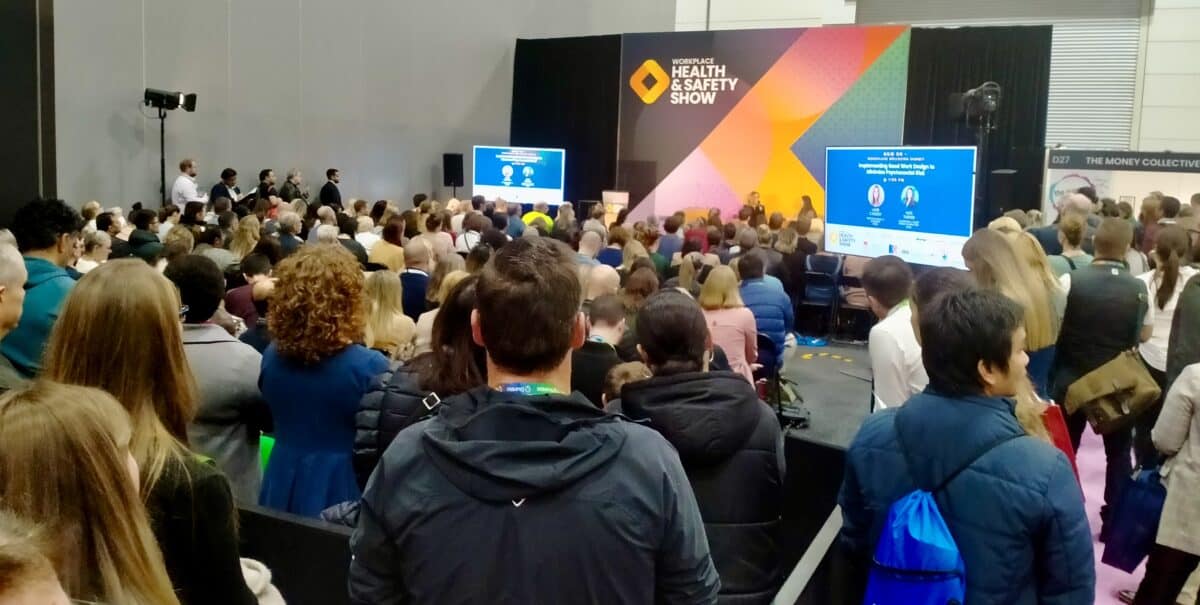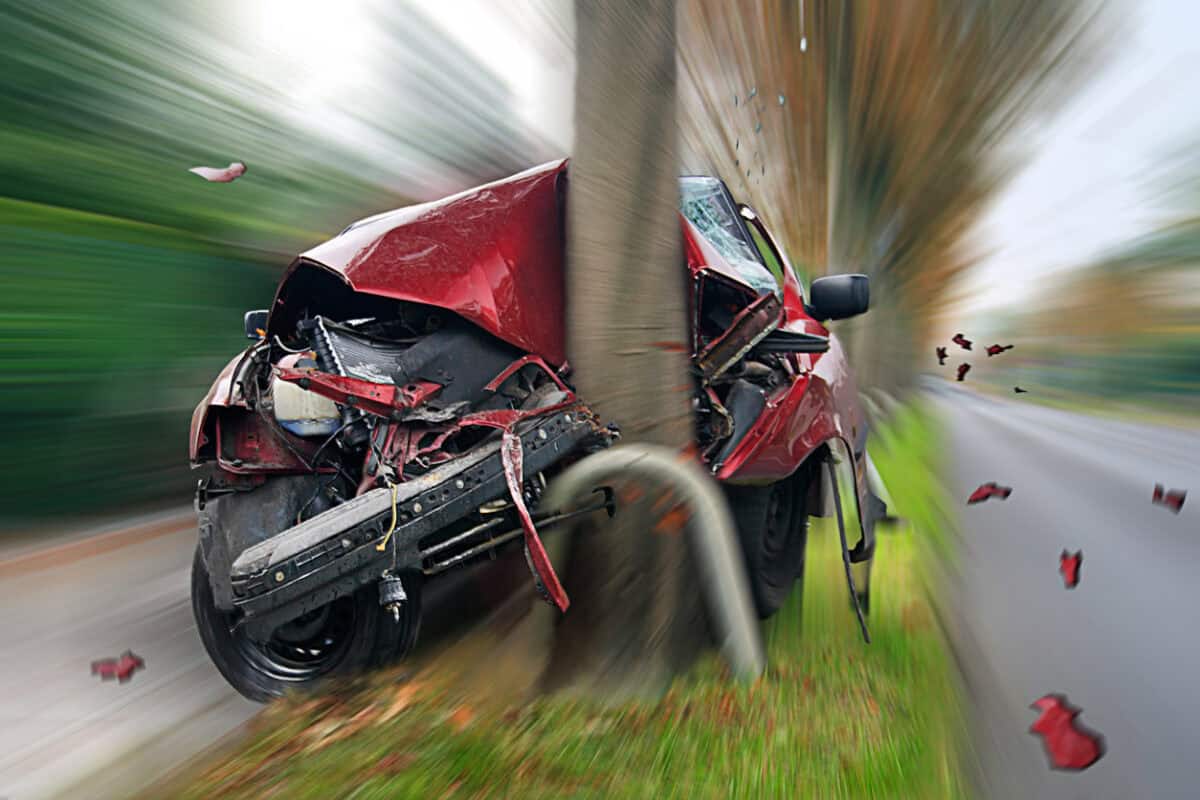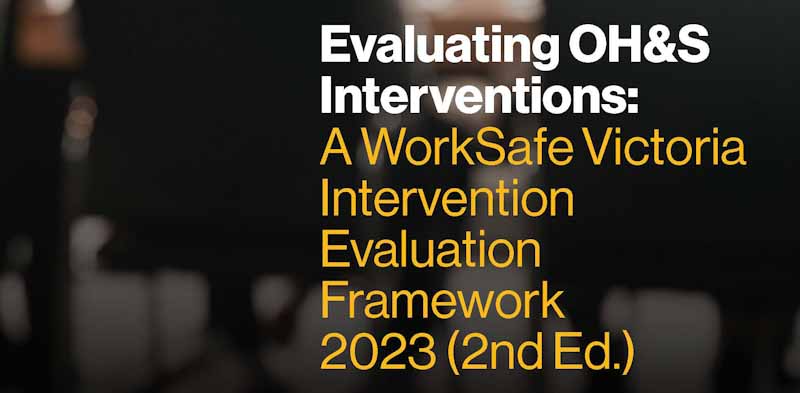Australian lawyer Fay Calderone has published a book called “Broken to Safe – Tackling Toxic Workplace Cultures and Burnout”. The intended readership seems to be “leaders” and Human Resource (HR) professionals. Occupational health and safety (OHS) is mentioned occasionally, but OHS professionals will find much to frustrate them about this self-published book.
Category: mental-health
Is Victoria still committed to its psychosocial regulations?
Victoria’s Minister for WorkSafe, Danny Pearson, has emerged from the occupational health and safety (OHS) wilderness to restate his commitment to introducing legislative amendments on psychosocial hazards at work. He has been stalling on these for a very long time, but he has recently provided an update to Parliament.
Is WorkSafe Victoria changing its focus?
Two years ago, I noted that WorkSafe Victoria did not mention employers in an awards night speech. Since then, it seems “employers” has been omitted regularly from various calls for changes in occupational health and safety (OHS); however, WorkSafe may have turned a corner last week.
If you don’t sound the alarm, who will?
Last week the Australian Institute of Health and Safety (AIHS) National Conference contained some excellent speakers and one or two stinkers. (I will not be reporting on the last speaker of the conference, who spent his first ten minutes “roasting”. i.e. insulting the delegates!) Safe Work Australia’s Marie Boland was an important and informative speaker who nudged the occupational health and safety profession to be more active.
“Human sacrifice, dogs and cats living together… MASS HYSTERIA!”
Victorian businesses and occupational health and safety (OHS) people are hungry for advice about managing psychosocial hazards at work if the scenes at today’s Work Health and Safety show were any indication. The sad part of the popularity of the topic is that some of the advice being given is wrong or outdated.
Continue reading ““Human sacrifice, dogs and cats living together… MASS HYSTERIA!””New vehicle suicide data may need us to broaden our investigations
Recently published research into road vehicle collision suicides in Australia may have an occupational health and safety (OHS) relevance.
(This article discusses suicide]
Evaluating the effectiveness of OHS interventions and programs
Last month, an extraordinary document appeared – “Evaluating OH&S Interventions: A WorkSafe Victoria Intervention Evaluation Framework 2023 (2nd Ed.).” Its extraordinariness comes from its appearance with no fanfare or promotion; it is a second edition of something published in 2004 (which I cannot recollect), it has authoritative authors, and it is a document many have been asking for.







